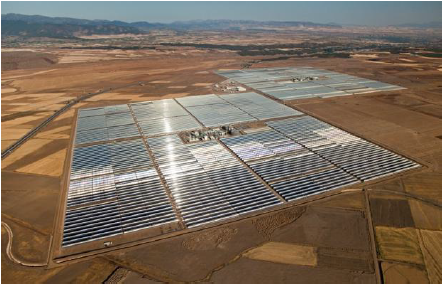The
CATHARE code is used to model power conversion cycles (PCS), also known
as thermodynamic cycles or heat engines. These systems convert thermal energy
into mechanical energy, which can then be used to generate electricity. The
most common cycles are the Brayton and Rankine cycles, which can be used for a
variety of energy sources, such as fossil, nuclear, concentrated solar, biomass
and waste heat. Using the CATHARE code, the dynamics of these conversion
systems and their interaction with heat sources and possible heat storage can
be modeled. Thanks to the modularity of the CATHARE code and the multiple fluids provided by coupling with REFPROP, many thermodynamic cycles (especially with phase change) can be modeled. This becomes more and more necessary due to the large amount of
intermittent renewable energy sources, such as photovoltaic, wind, wave, and
tidal energy, which brings new challenges for the grid stability. In this new context,
thermal power plants, their PCS and associated thermal heat storage must be able to ensure an adequate flexibility.

